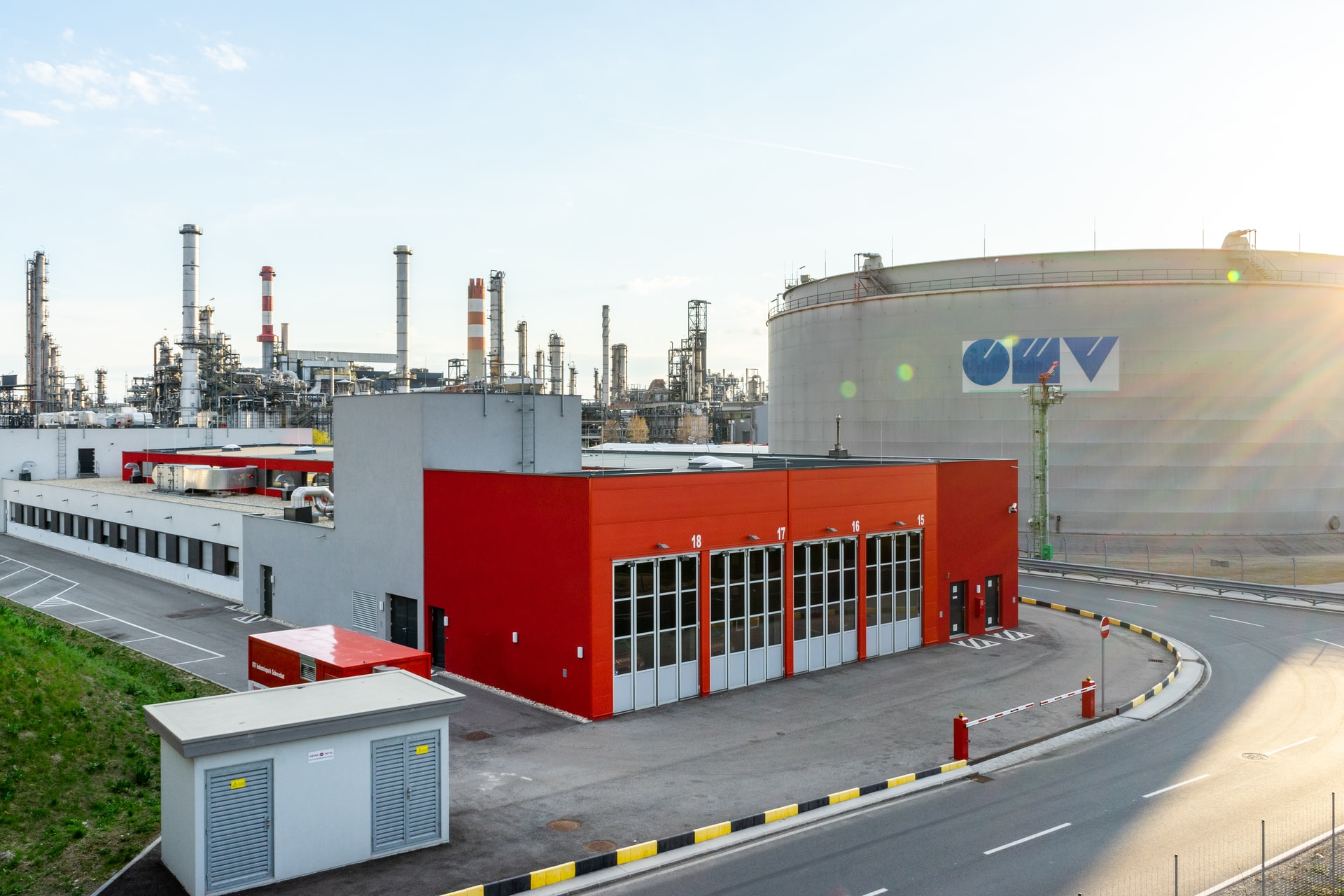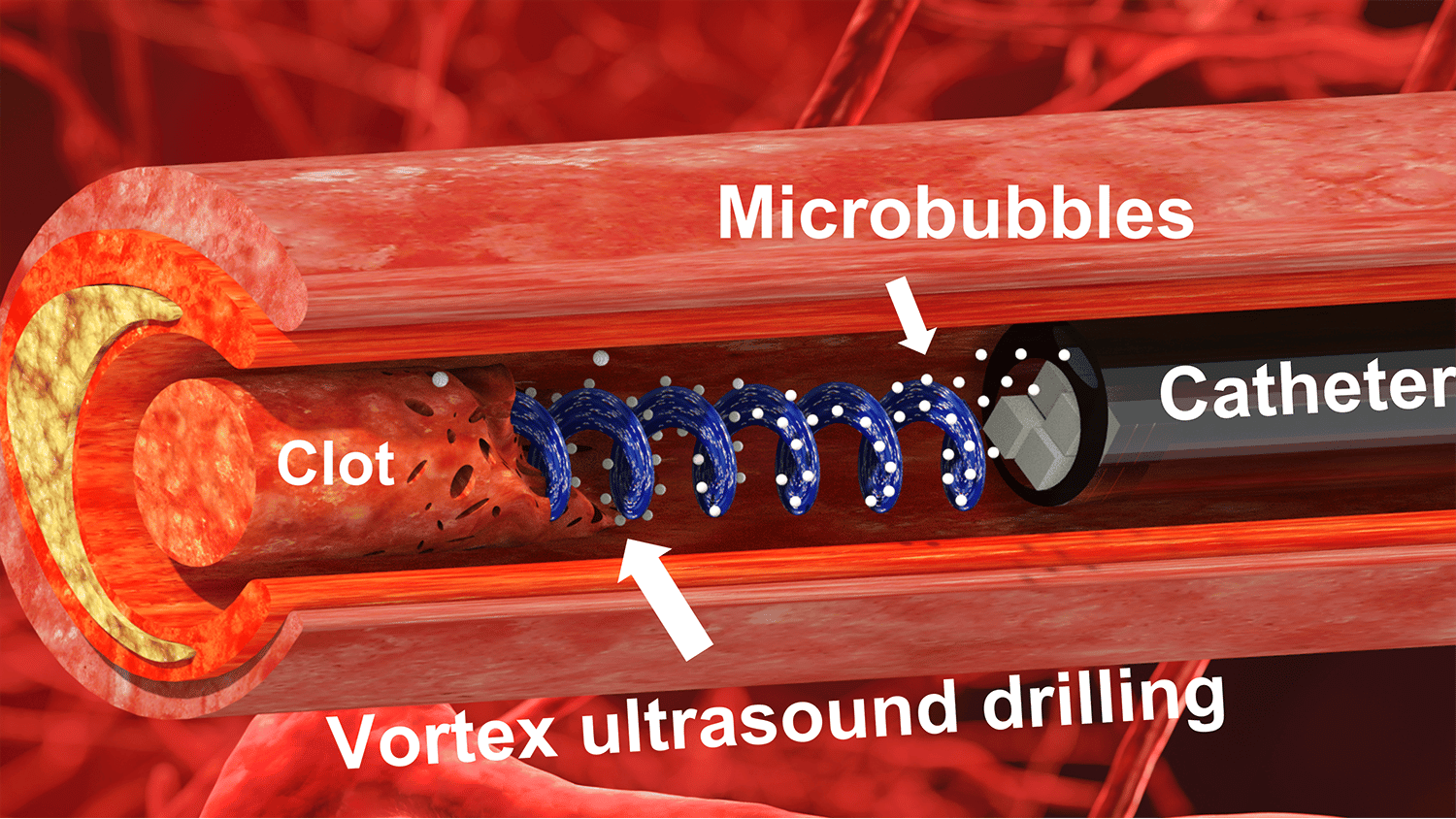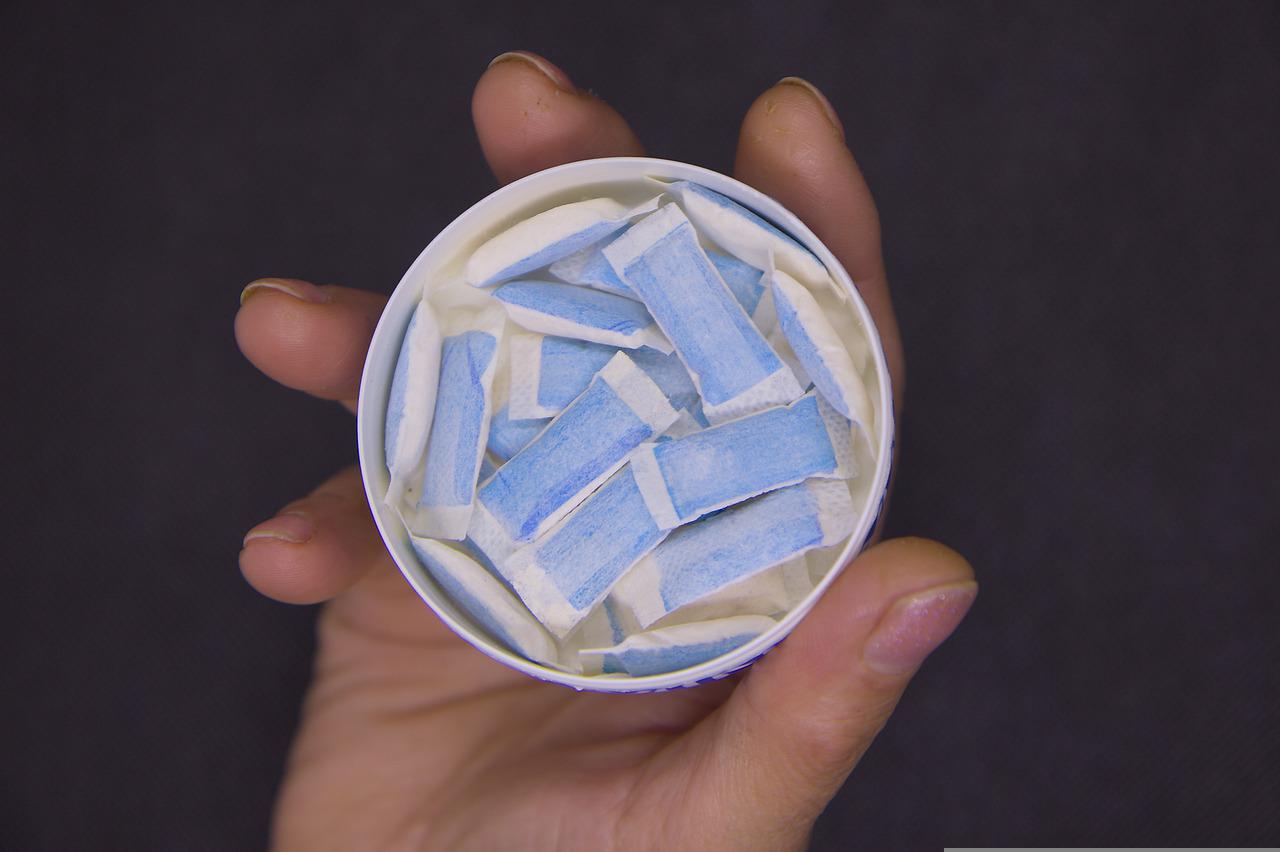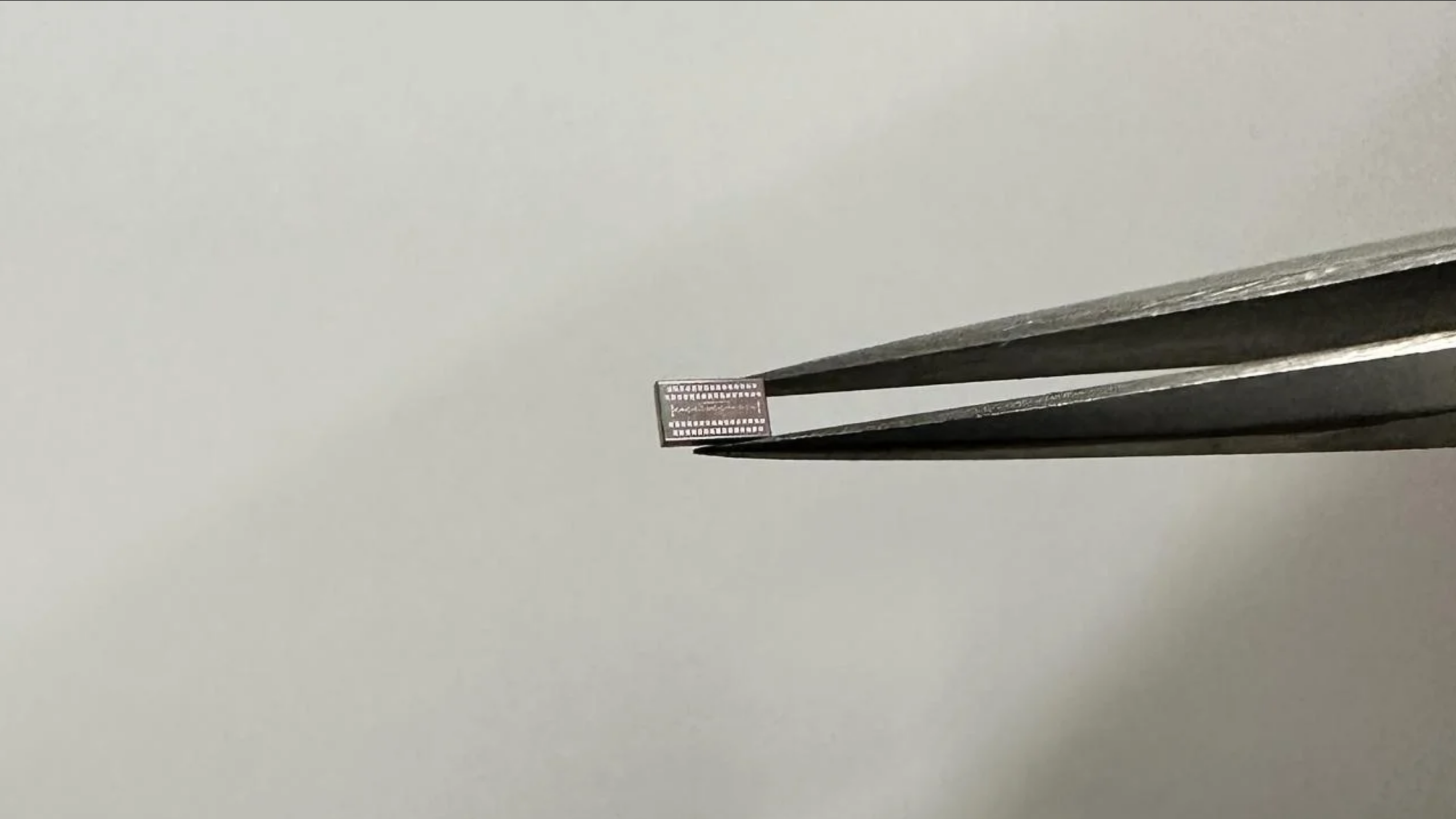If you are engaged in industrial manufacturing, you must be aware of the danger of spills for your workplace and the environment. These spills are inevitable and unavoidable and require equipment such as spill containment berms to collect any hazardous leaks or spills.
Spill containment berms are used as a secondary containment option to prevent the seepage of harmful or toxic substances into the soil or groundwater. They are required by the Environmental Protection Agency or EPA for all facilities that store, transfer, use, or consume oil or oil products, store more than a certain volume of liquid, and could be expected to discharge harmful liquid into water bodies.
Generally, spill containment berms are made of different materials such as synthetic rubber, PVC, TPU and Ethylene, Thermoplastic Polyurethane (TPU), or others. They also differ in size, thickness, strength, and coating. This is why it is important to choose the right spill containment berm depending on the kind of spill or leak you are dealing with.
Read on to learn about the different applications of spill containment berms for your industry so that you comply with all regulations and codes in the workplace.
On-Site Transport
Many industries make use of portable tanks for transporting liquids, such as fracking water in oil industries. On-site transport may also be used to dispose of hazardous chemicals and toxic waste safely and securely. Since there is a risk of spillage during transportation of fuel tanks or tanker trucks, industries can benefit from using portable and lightweight spill containment berms during the loading and unloading of portable tanks.
Storage Containers
Since many industries use oil or other liquid products in their manufacturing process, they tend to permanently store these liquids in large containers on-site such as frac tanks, fuel tanks, drum storage, or dewatering bins. For this purpose, large spill containment berms are useful as an added layer of protection to secure against spillage and leakage from storage containers.
Standing Machinery And Equipment
Machinery and equipment used in factories such as generators, compressors, frac tanks, fuel tanks, drum storage, or dewatering bins may have a risk of spillage or leak. This is why it is a good practice to place such standing machinery and equipment in heavy-duty spill containment berms to ensure that no chemicals or liquid contaminate the surrounding areas.
Maintenance Of Machinery And Equipment
Every factory conducts routine maintenance of their machinery and equipment, which may sometimes require transporting it to a different site. Whether you are inspecting a drill, oil-filled equipment, or machinery that houses chemicals and hazardous substances, using a spill containment berm can greatly benefit you to collect residual and unwanted components from polluting the environment.
Drilling Activities
If you operate in an industry that is engaged in drilling activities, you must be familiar with spills and leakages. In order to protect against potential leaks from drilling machinery and around extraction sites, make sure to use spill containment berms around the activity area.
Hoses And Pipes
Most industries that use hoses and pipes may encounter leakage or spillage problems from time to time. For this purpose, spill containment berms can be used to enhance protection and also provide spill containment during repair work.
Cleaning Spills Containment Berms
Now that you know the many ways with which your industry can benefit from spill containment berms, you also need to know the right way to empty it and clean it for repeat use.
The first step involves emptying the spill containment berm by using an absorbent material to soak the chemical spill and/or hazardous liquid. These absorbent materials are chosen depending on the kind of spill collected in the berm and may include hazmat absorbent or universal absorbent.
Next, ensure that the absorbent material is disposed of in a secure drum or bag and labeled if it is hazardous or flammable. You should then transport this to a facility that can recycle or reuse or safely dispose of this waste in accordance with EPA guidelines.
Finally, use water and detergent to clean the berm and ensure that workers in charge of cleaning wear protective clothing, including safety goggles and masks.
Parting Thoughts
Spill containment berms are an efficient way to contain spills and ensure that your factory abides by EPA guidelines. With a quick and easy setup that has superior durability and ability to withstand chemicals and harsh liquids, spill containment berms are a great way to fulfill your needs and comply with regulations.







